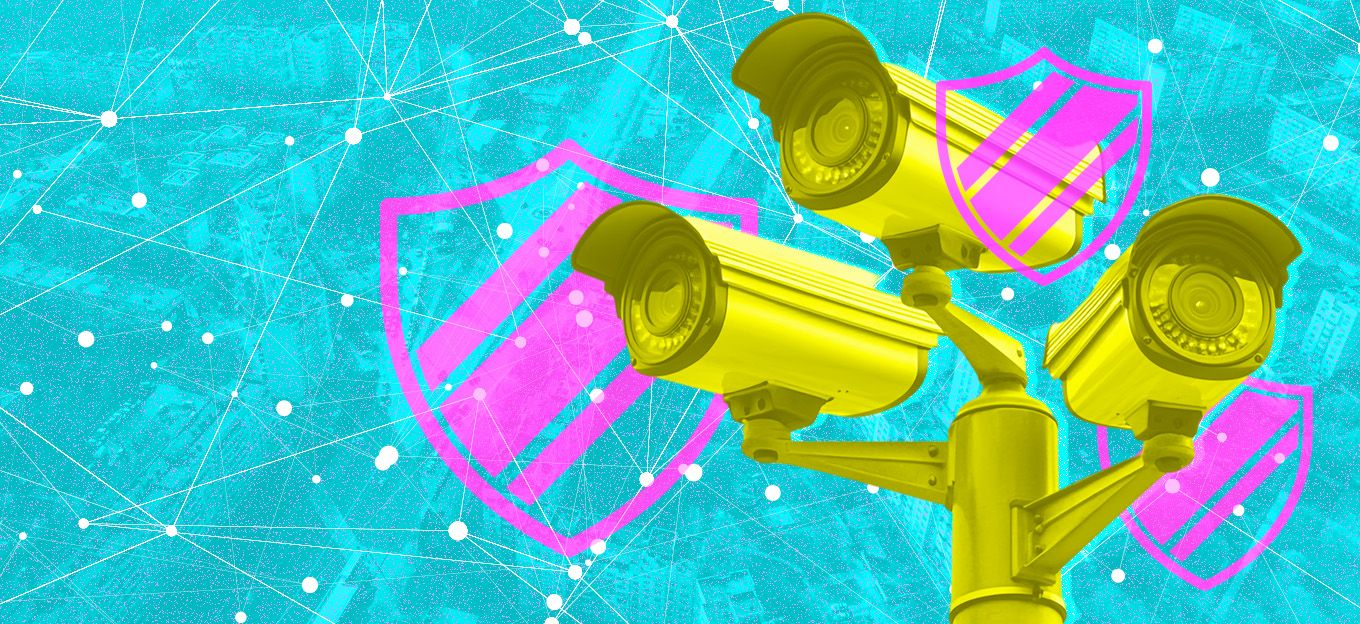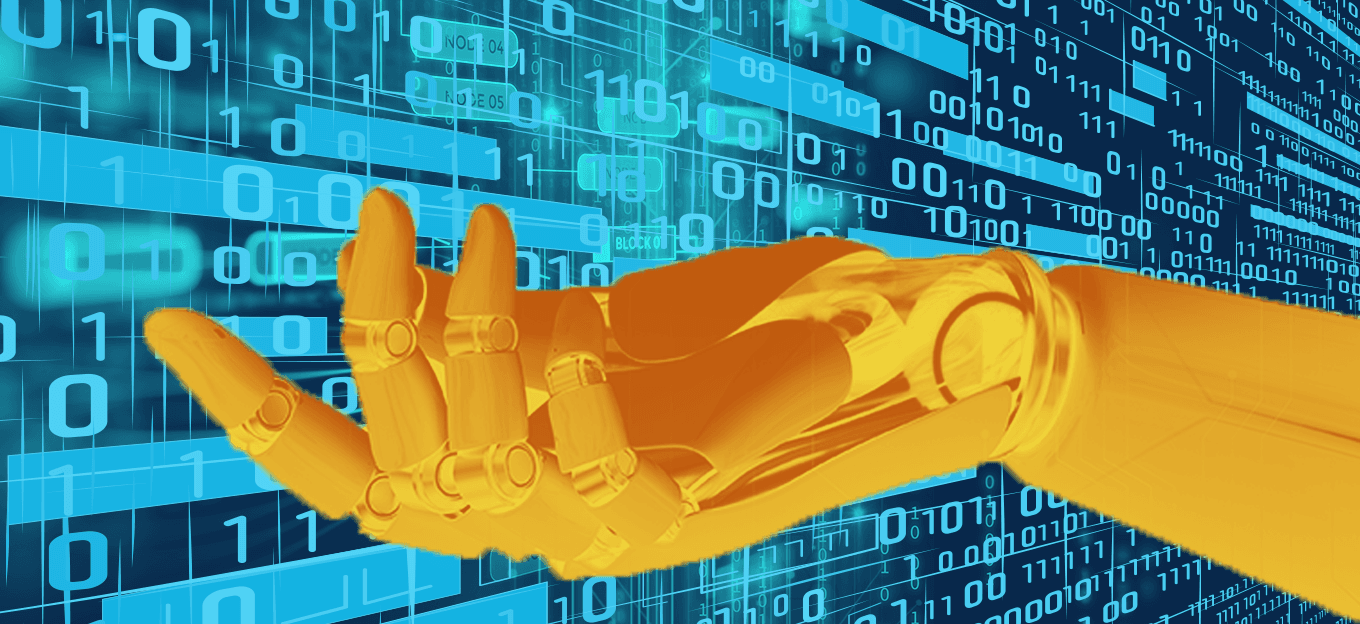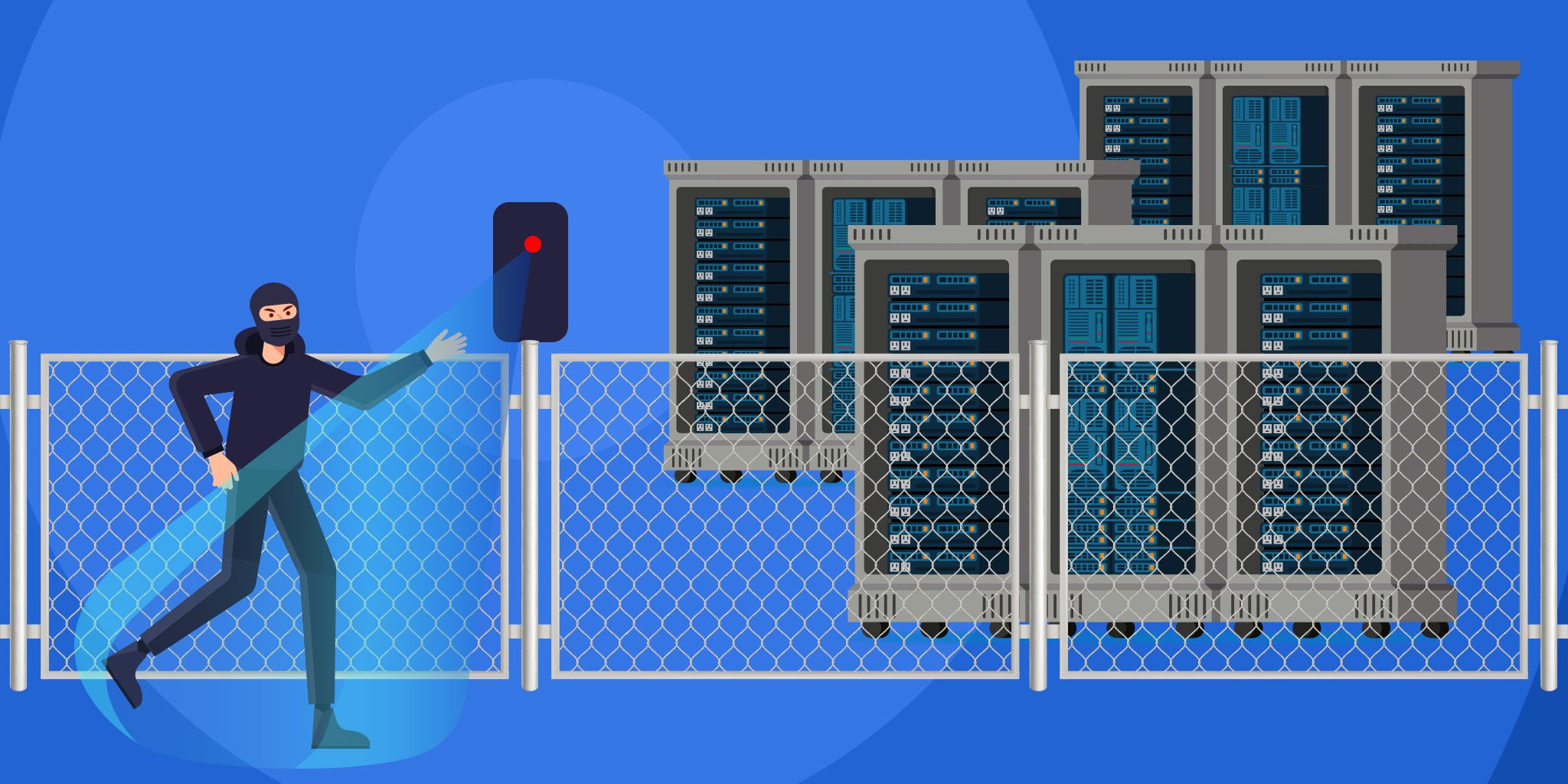Distributed Ledger Technology's Role in the Future of IoT
Distributed Ledger Technology's Role in the Future of IoT
- Last Updated: December 2, 2024
Guest Writer
- Last Updated: December 2, 2024



The Internet of Things (IoT) is growing exponentially. Connected devices, systems, and gadgets bring the full power of the internet to consumers and businesses. There’s always room for improvement, though — and distributed ledger technology (DLT) is the natural next IoT evolution.
IoT devices are here to stay — for a very long time. International Data Corp. (IDC) predicts that, in 2025, 75% of the 55.7 billion devices will link to an IoT platform of some sort. Though it’s ever-expanding and innovative, it’s not all-powerful. These billions of devices will need more security and efficiency.
The need for security and storage for IoT is a growing concern that could be solved with distributed ledger technology. DLT and IoT can work together to modernize networks, devices, and data security.
The decentralized nature of DLT is ultimately what will facilitate this progress. A decentralized, distributed ledger brings clarity, ease of access, immutability, and innovation to an otherwise already futuristic IoT field. Together, the two have immense potential. Before the world can see the benefits, though, it’s critical to understand how each field builds upon the other’s success.
A New Focus on Security
There’s been a growing distrust of big tech companies among United States residents. Though it’s hard to imagine life without technology today, the mishandling of private user data is an issue that needs regulation. The solution is more security protocols in all technology.
Heightening this need, the amount of tech usage is about to jump. According to a 2021 survey, businesses are set to expand in the coming year. Each of these organizations will need to put DLT and IoT together to achieve those expansion goals.
To grow, companies require communication and collaboration. Distributed ledger technology is an inherently collaborative network. The decentralized ledger records data in a database that is immutable yet accessible to those in the loop. It logs each transaction and input information without allowing for any changes to the existing data.
With IoT sensors then aiding the process, those along the supply chain can see precise locations, conditions, and history of shipments, investments, and purchases. This simple yet progressive process wraps all business needs into one network. It provides the collaboration, transparency, and security that any company can use to grow. This combination also adds the honesty and clarity that U.S. residents need from all tech companies.
With the aid of new 5G networks, edge computing, and automation, DLT will take IoT down several new paths. Ultimately, privatizing and securing IoT vulnerabilities every step of the way will be key.
Future Uses of DLT-Based IoT
The most pressing issue around the world right now is the COVID-19 pandemic. Countries are racing to distribute vaccines every day, but they’re running into problems. Some vaccines require cold storage, others are facing shortages, and vaccine phishing scams are spiking. What if that process became more efficient?
Distributed ledger technology will record all the storage conditions and locations of the vaccine shipment by combining automation, IoT sensors, and fast-edge computing networks. It will also log each transaction in the ledger, allowing vaccination site workers to ensure the injections are safe for everyone.
That’s just the beginning, though. Outside of the supply chain, that same transaction-based database logging can apply to areas that need innovation. Transportation, for instance, is always evolving. An IoT device could automatically pay for a subway ride or bus fare without requiring scanning or swiping. DLT will allow the transaction to happen instantly, recording everything in a ledger.
Similarly, vehicles can use IoT to monitor their performance. For instance, if something happens to the brakes, the systems can alert the driver or even the maintenance facility of their choosing. On the road, cars could use IoT to “talk” to other vehicles in congested urban environments to optimize traffic flow and keep everyone moving. Each bit of communication would occur as a transaction in a DLT network.
Smart homes — with thermostats, lights, wearables and phones — already use IoT technology to its current fullest potential. Businesses, too, use IoT for inventory management, retail predictions and payment methods. The goal will be finding a way to improve upon an already innovative field. DLT, with its security, speed, immutability and reliability, is that missing piece.
Collaboration Is the Name of the Game
Alone, DLT and IoT are powerful in their own right. Together, they combine the tech world's best aspects — convenience, privacy, security, transparency, and speed. An IoT-based DLT network is the ideal method to combine these benefits. In the same way that investors have been using blockchain for cryptocurrency, the world must apply all IoT devices to the powerful distributed landscape.
The Most Comprehensive IoT Newsletter for Enterprises
Showcasing the highest-quality content, resources, news, and insights from the world of the Internet of Things. Subscribe to remain informed and up-to-date.
New Podcast Episode

IoT and AI in 2026
Related Articles





